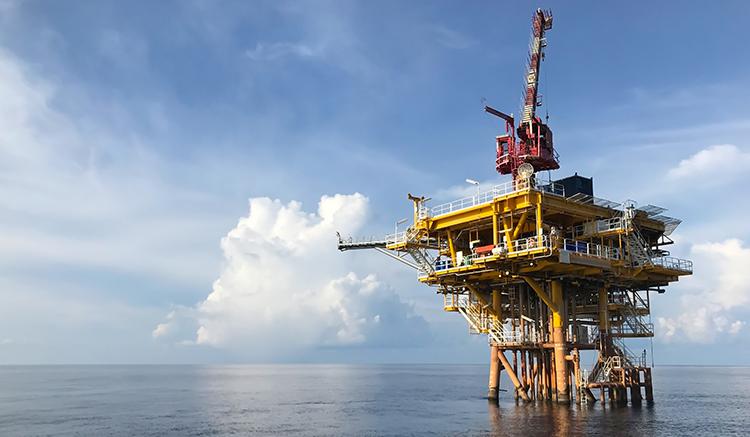Natural gas is considered the best alternative for a sustainable renewable energy transition as it is cleaner than other fossil fuels, such as coal, while also having the ability to aid the integration of renewables. In 2022, the European Union already classified nuclear energy and natural gas as green energy. This was prompted in part by Russia’s invasion of Ukraine and its decision to restrict natural gas supplies to Europe, which led to a massive rush to secure natural gas supplies. This review highlights the capability of utilizing natural gas in a transition to sustainable renewable energy systems in the African continent.
Natural Gas Evolution
While about 18% of the world’s population lives in Africa, the continent contributes roughly 4% to global greenhouse gas emissions, according to Worldmeter and Statista Data. However, the social and economic development of many African countries depends on their ability to utilize the continent’s abundant natural resources, including natural gas, and diversify their energy mix.
Africa’s natural gas production recorded 251 billion cubic meters (bcm), representing 6% of the global output in 2022, according to the International Energy Agency (EIA). Yet, the continent’s production is expected to hit 585 bcm to represent 11% of all gas supplies by 2050, explained in a report by Gas Exporting Countries Forum (GECF) titled “2050 Outlook Highlights Africa’s Industry Growth Trends” published in Janurary 2023. This will make Africa have the second largest growth in gas supplies volume globally after the Middle East over this period.
Capital-Intensive Energy Projects Finance
In Africa, funding capital-intensive energy projects face many challenges, the most important of which is that rich countries’ governments and development financiers are remarkably adjusting their portfolios exclusively toward clean energy financing. With this regard, natural gas is treated like coal, oil, and other traditional fossil fuels, despite their considerable differences in emissions impacts and decarbonization potentials.
Investments in natural gas supply between 2022 and 2030 are likely to focus on flexible, cost-competitive projects with a minimal carbon footprint that can be quickly introduced to the market. Energy investments would take over $190 billion each year over 2026-2030, yet two-thirds of which shall be directed to clean energy. The share of energy investment in Africa’s GDP rises to 6.1% over 2026-2030, slightly above the average for emerging markets and developing economies. However, Africa’s energy investment during this period is still only around 5% of the global total, as explained in the IEA’s “Net Zero Emissions by 2050 Scenario” and the “African Energy Outlook 2022” report.
For Africa to secure the capital needed to get projects off the ground, it needs to offer a safe environment, political certainty, and environmental responsibility, but it also has to ensure a stable and attractive regulatory framework.
Infrastructure Development: Highway to a Cleaner Future
To ensure a smooth energy transition, renewable energy development needs serious investments in grid infrastructure, as Africa’s natural gas is playing a vital role in supporting the development of resilient grid infrastructure. These are required to integrate significant shares of variable renewable and distributed energy, without affecting energy security or economic development. Once resilient African grids are in place, installing intermittent power and adding renewables on a large scale will become much more feasible without compromising reliability.
However, over the past decade, only 0.5% of energy investment in Africa was directed to transmission and distribution networks, compared to 99.5% directed to power generation. In addition, the already high and increasing interest rates in some African countries are worsening the situation by increasing the risk premium for potential new investors in energy infrastructure. This is why only 10% of energy infrastructure financing in the past 10 years was provided by the private sector, as stated in the “Africa’s Energy Future is Renewable” report by Rest4Africa.
Africa’s COP27 Commitments
In the run-up to COP27, the African Union has formulated a “Common Position on a Just Energy Transition” which calls for the development of natural gas, low-carbon hydrogen, and nuclear power. This will continue in parallel with efforts to expand the deployment of renewable energy. Thus, the common position confirms that Africa will continue to deploy all forms of its abundant energy resources, including renewable and non-renewable energy to meet energy demand. It divides energy needs, with gas, green and low-carbon hydrogen, and nuclear preferred in the short to medium term, and mostly renewable energy in the long term.
COP28 is an opportunity to fast-track the energy transition through launching and accelerating work on the Just Energy Transition package while rapidly decarbonizing the energy system.
Africa faces both major challenges and huge opportunities for energy transition. Natural gas is the magic word of the transition; it has already contributed to the decarbonization of some of the most polluting power systems in the world. It is able to support the continent’s long-term decarbonization efforts and pave the way to a secure, sustainable and clean energy future for Africa. However, the deficiencies in infrastructure capabilities, financing and attracting investments in the continent are still barriers. The continent also needs more collaborations to untap the unlocked opportunities. Strategies and incentives are also essential to overcome the obstacles facing investors and stakeholders. Africa has a lot to do and it spares no effort towards a sustainable and cleaner future.








